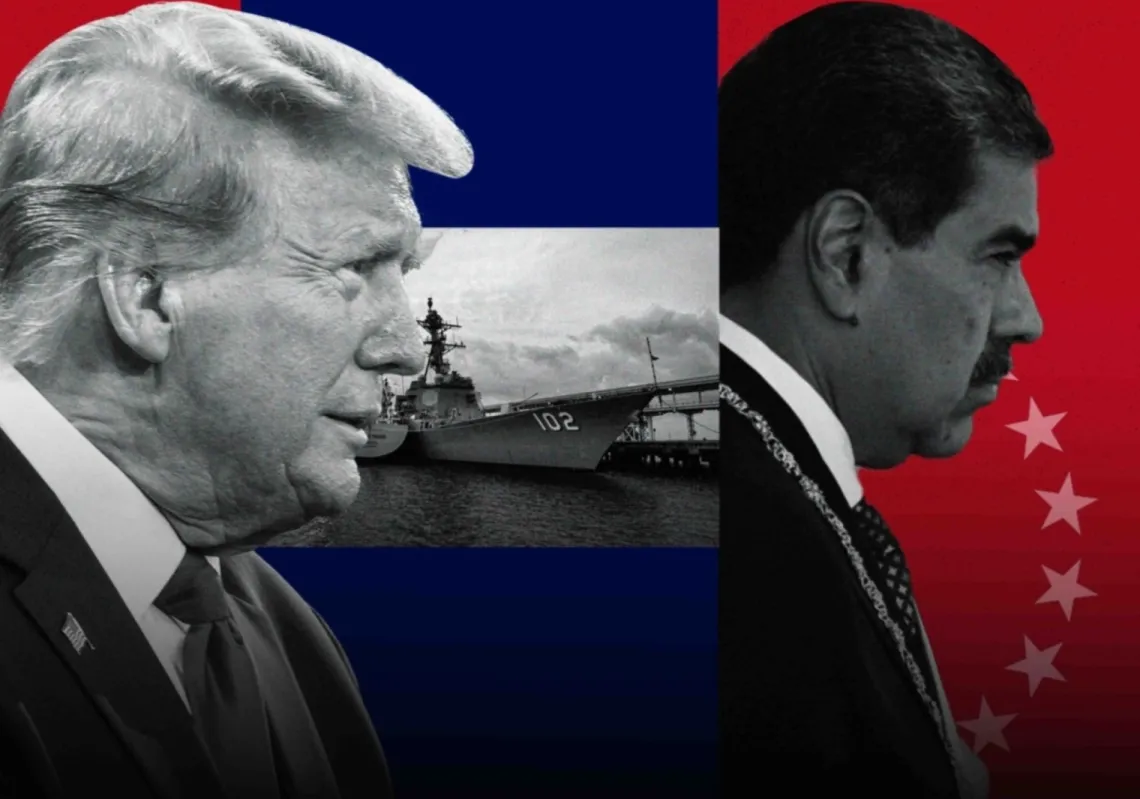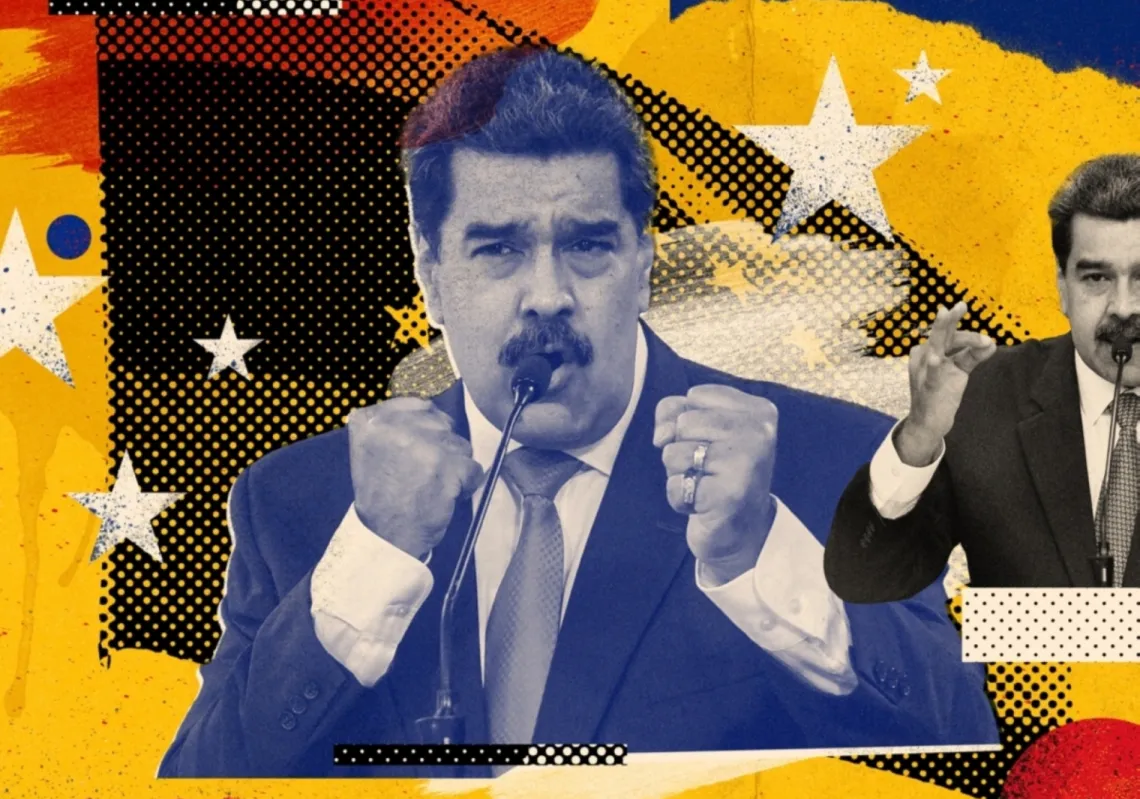Arabs and Israelis have been accustomed to documenting their conflict based on the wars between them and the assassination operations they have carried out against each other. It seems as if they adopted bloodbaths as their only fate, while ignoring the various efforts throughout the years that have been striving to spare the region any further destruction or bloodshed and to establish the foundations for a sustainable, comprehensive peace that guarantees everyone’s rights.
The region has witnessed four far-reaching and destructive wars and several skirmishes that were geographically confined, such as the Stone-Throwing Intifada of 1987 and the 2006 war between Israel and the Lebanese Hezbollah. Nonetheless, the region has also anchored peace initiatives that varied in terms of goals and political prowess. The sponsors of such initiatives have ranged between international and regional organizations, political and intellectual figures, and civil societies that all share a goal of avoiding the scourge of conflict and laying the foundations for a peaceful coexistence.
The international community’s efforts may be traced back to United Nations Resolution 181, which was before the first armed conflict between both parties. The resolution called for the partition of Palestine into Jewish and Arab states. The Jewish state was announced on May 15, 1948, and was called “Israel.” The Arab state, meanwhile, is still nonexistent, but its land area falls under Jordanian sovereignty. These efforts persisted after the first war, resulting in the international mediator, Ralph Bunche, concluding armistice agreements in April 1949 that managed to survive for a few years. However, they later fell apart after the Suez Crisis in 1956, and then the Six-Day War in June 1967.
The hostility between the two parties has grown more deep-rooted. Their intransigent stances posed a threat that thwarted most of the agreements and subverted many initiatives. Nevertheless, the UN efforts did not wane. It continued by sending envoys, issuing resolutions to stop hostilities, containing disputes and attempting to settle them. This is evident in Security Council Resolution 242 of 1967 and Resolution 338 of 1973, both of which stipulate the need to pave the way for a just and lasting peace that guarantees everyone’s security. The resolutions rejected the confiscation of land by force and called for intensifying international mediation to sustain efforts for a peaceful and acceptable settlement.
The international community was alone in its efforts. After the Egyptian-Israeli peace treaty, a moderate Arab rhetoric started to take shape and managed to wear the cape of an official Arab consensus. This was embodied in Fahd Plan announced during the Fez Summit in 1982. This language was validated after the Madrid Conference of 1991 through the Arab Peace Initiative adopted by the Beirut Summit 2002.
Peace initiatives in the Middle East have been advocated not only in such an official manner. Politicians and intellectuals from various nationalities also pushed forward. The most prominent of these was the project of Anthony Eden, former British Prime Minister, who called in 1955 for mutual concessions and sought a compromise between the Arab stance that insisted on retaining the borders as per the partition plan, and the Israeli position that was adamant on the borders of the 1949 Armistice Agreements.
Ten years later, in April 1965, there was the proposal of Tunisian President Habib Bourguiba, who presented a draft settlement that reflected his outlook on the dimensions of the conflict. Bourguiba proposed the return of Israel to the partition borders and the establishment of a Palestinian state to which refugees from the Green Line areas would return, as an alternative to their return to the areas of 1948.
Bourguiba’s proposal was vehemently opposed by the Arab side. However, then Israeli Prime Minister Levi Eshkol initially welcomed it. The latter in turn established a peace project that he showcased in May 1965, stressing the need to hold direct negotiations between his country and the Arab countries that concluded the armistice agreements. His goal was to bypass the interim conditions and turn these agreements into one of permanent peace that took into account the new territorial conditions with minor modifications. It allows utilizing the advantages of peace such as freedom of movement, trade, and navigation, among others.
Despite the good intentions of the various peace endeavors, the proponents paid a heavy inhuman tax marred by blood, defamation, slander, and displacement. Their crime? Believing in the prospect of peace and pursuing it.
In this context, the assassination of the international mediator Count Folke Bernadotte by the Stern gang in September 1948 is considered the first blood tax paid by peace supporters. Count Bernadotte’s project had intended to consolidate the establishment of the Hebrew state and to persuade the Arab countries to make peace with it. The assassination of former Israeli Prime Minister Yitzhak Rabin is deemed the most famous blood tax paid for the sake of peace. Neither Rabin’s Zionist faith nor his military past spared him the assassination in 1995 after he exchanged recognition with the Palestine Liberation Organization and signed the Gaza-Jericho Agreement.
Some of the other heavy costs that peace campaigners had to pay also included defamation, displacement, and deprivation of sources of livelihood. This happened to members of the International Alliance for Arab-Israeli Peace, who were courageous enough to issue the Copenhagen Declaration in 1997. It marked the first document that believes that “peace is so important that it was not left to governments only, and that the links among peoples were vital to the success of peace efforts in the region,” which, unless was popularly propagated, would wane.









